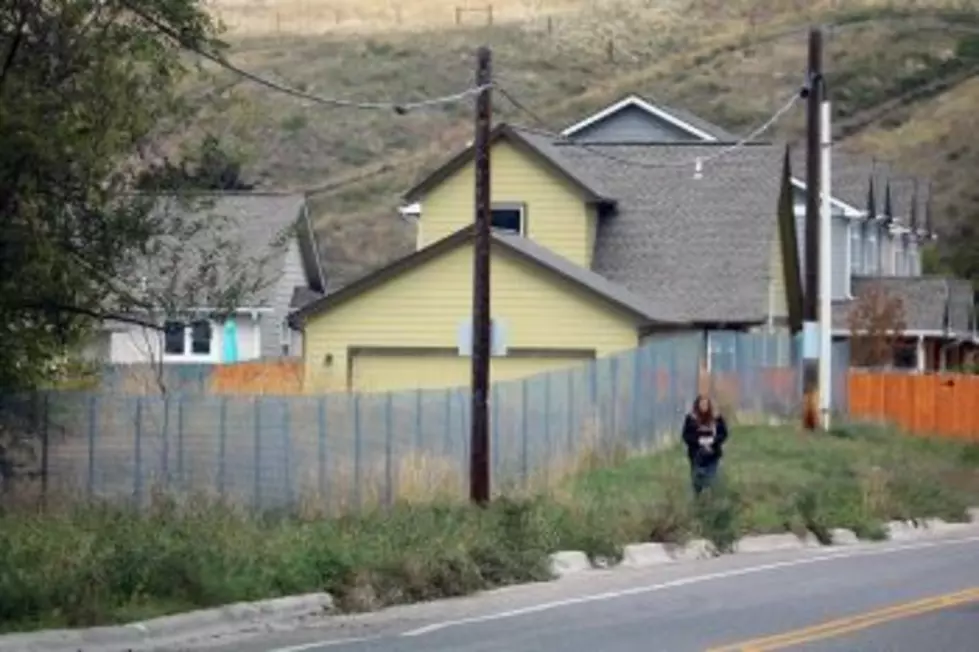
EPA funding to aid redevelopment of vacant Northside properties in Missoula
A grant from the Environmental Protection Agency will help the City of Missoula explore the cleanup of several Northside properties and set the stage for future redevelopment.
The $300,000 grant, announced last month by Sen. Steve Daines, marks the first step in the city's broader efforts to tackle Missoula's acute housing shortage and make better use of vacant properties in the Northside neighborhood.
“There are several properties within that area we think will be a good fit for those Brownfields funds,” said Eran Pehan. “Our hope is that we can use this funding on both public and private properties where we can advance goals around housing. Ultimately, it's entirely up to the landlord to opt into that program.”
Pehan, director of Community Development, said participation in the Brownfields program is voluntary. Property owners can work with the city to access the funding, which the city has used to direct past cleanup of contaminated sites.
Among them, EPA funding was used to clean portions of the Riverfront Triangle, where the city has long had goals around redevelopment. It was also used to clean a Front Street property for the construction of an affordable housing complex.
More recently, the tool was used to clean portions of the Scott Street property purchased last year by the city. A significant housing project is now set to begin construction on the 9-acre site, including 70 units of permanently affordable housing and several hundred units of market rate housing.
The Scott Street area has other sites ripe for redevelopment, though some are privately owned and hindered by past industrial use.
“We know those properties were primarily heavy industrial in the past, but it's a prime area for redevelopment,” said Pehan. “We want to make those resources available to landlords in that areas so we can assess what environment barriers might be present on their property to redevelop and start to plan around how we remediate for that.”
The Missoula Redevelopment Agency funded a master plan for the Scott Street-North Reserve Urban Renewal District in 2015. Among other things, the plan calls for a blend of housing, commercial and light-industrial offerings.
Vacant ground in Missoula is increasingly rare, and making use of former industrial properties could be advantageous in meeting many of the city's goals around housing and inward growth.
“We get calls inquiring on the possibility of every piece of dirt in Missoula,” Pehan said. “It speaks to the housing market, but it also speaks to our unique geographic factors here in Missoula.”
One study conducted by the Missoula Building Industry Association in 2018 found that nearly 93% of all property in Missoula had some form of barrier preventing or challenging redevelopment.
Roughly 65% percent of Missoula County is covered by public land, and 4% is covered by conservation easements, which restricts a property’s development. Nearly 60% of the county includes slopes greater than 25%, and 8% has been identified as farmland of importance.
Other constraints identified in the report include the floodplain, which accounts for 2% of the county and the airport influence area, which covers 1%.
“That makes the parcels better left to develop far and few between,” Pehan said. “It's not uncommon that when a community like Missoula that's developing at this pace, the last land available to us is challenging to develop. There's great interest in redeveloping in the Scott Street area, and the Brownfields fund will be a great tool to start to plan and remove some of the barriers developers are facing.”
